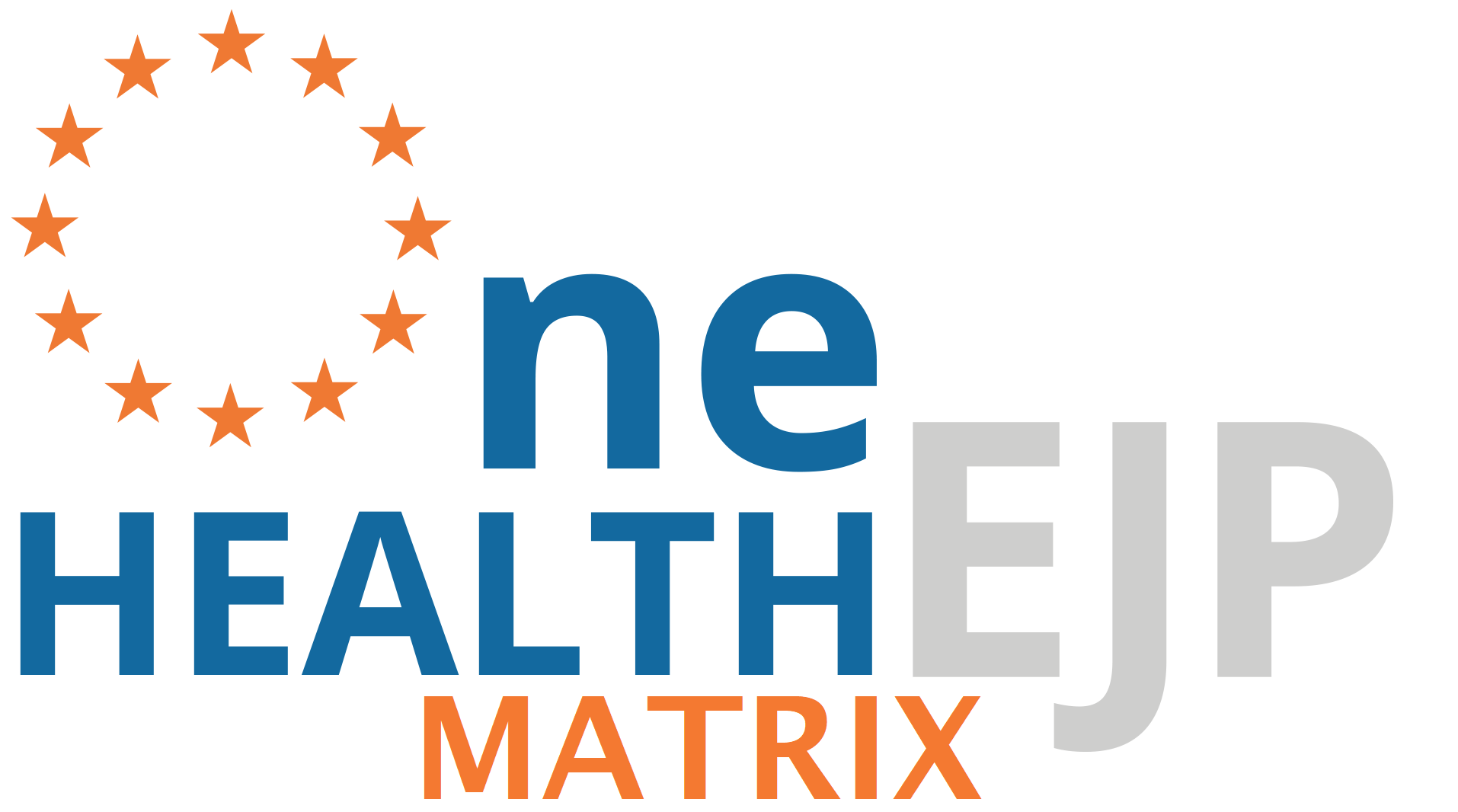Key points
- Who:
- One representative from each sector
- an IT specialist/ programmer
- a social scientist
- a person with appropriate legal training to identify and interpret laws relevant to the project
- Assign members to a ‘core’ or ‘support’ function
- Establish trust between members – each member should actively seek to better understand the other sectors
The first step in moving towards creating an OHSS from existing sectoral surveillance systems, is to establish the working group that will drive the process. Members of this working group are the change agents for the project.
The OHRAS defines change agents as people with the skills, characteristics, drive and motivation necessary to promote, operationalise and support change of policy and practice aiming to establish and strengthen intersectoral and multidisciplinary collaboration between medical, veterinarian and food (and environmental) professionals.
According to the OHRAS, the characteristics of ‘change agents’ include:
- High degree of trust and credibility
- Need to stay engaged and informed throughout every step of the change process and be able to articulate information to the change targets
- Need to be empowered to ask critical questions at every stage of the change process
- By asking critical questions and keeping change targets engaged, change agents are able to build a strategic framework that can help to produce the desired outcomes
- Can ensure that key stakeholders remain informed and involved
At the very least, the working group should include one change agent representing each sector that is to contribute surveillance information to the OHSS. This change agent should be operational or knowledgeable of the sectoral surveillance system they represent and ideally understand the underpinning legislation.
These change agents are important as they bring with them specific knowledge about their sector including the cultural context, the operational context and contact networks to relevant stakeholders.
In our experience it is also beneficial to include
- a change agent with a background in information technology pertaining to surveillance data management
- a change agent with expertise in the social sciences to facilitate the necessary group participatory nature of the project
- a change agent with an appropriate legal background to identify and interpret legislation relevant to the project
To meet these requirements the final working group may be large, however, members can be assigned one of two functions within the group which will modulate the size according to the immediate needs. The first is a ‘core function’ composed of those change agents that will drive the project forward and are necessarily required at each step in the process. The second, is a ‘support function’ composed of those change agents who are not necessarily needed at every meeting or referred to along every step of the process, but have knowledge, networks or characteristics necessary to the project, and support the working group as needed.
Table. Example of working group membership and function within group
| Change agent | Function | |
|---|---|---|
| Core | Support | |
| Change agent representing human health surveillance | ✓ | |
| Change agent representing animal health surveillance | ✓ | |
| Change agent representing food safety surveillance | ✓ | |
| Information technologist/programmer | ✓ | |
| Social scientist/ participatory epidemiologist | ✓ | |
| Manager of human health surveillance with extensive networks and highly trusted within the sector | ✓ | |
| Change agent with appropriate legal background to identify and interpret laws relevant to the project | ✓ | |
It can also be helpful to assign the role of secretary to one ‘core’ member of the working group to handle all administrative aspects.
Finally, the need to develop trust between the sectors for successful one health activities was identified in our interviews, reported in the literature, and acknowledged across OHEJP projects (COHESIVE and ORION). Establishing trust should begin early in the process, including activities that promote understanding of the other sectors among the change agents. Each change agent within the working group should actively seek to better understand the other sector through activities such as, review of surveillance reports from each sector, review of documents describing commonalities and differences in surveillance approaches between sectors (eg. https://zenodo.org/record/5062548#.Yrw1RnZByUk), and active engagement with their counter-parts from other sectors.
